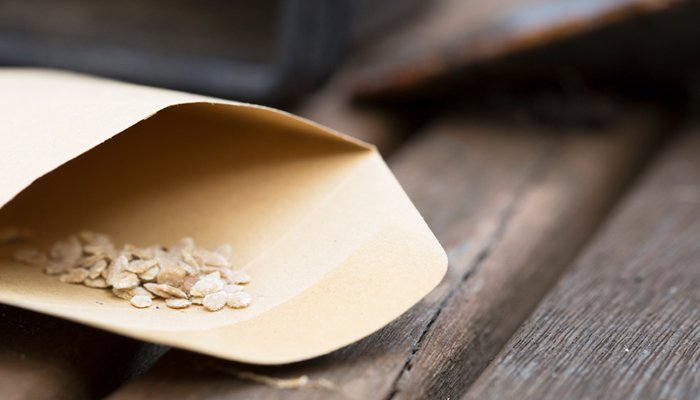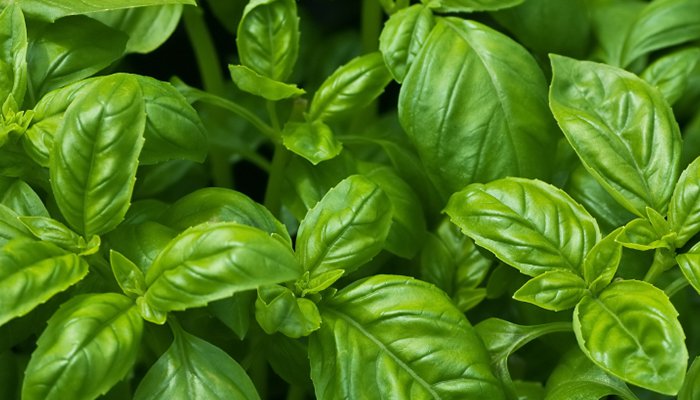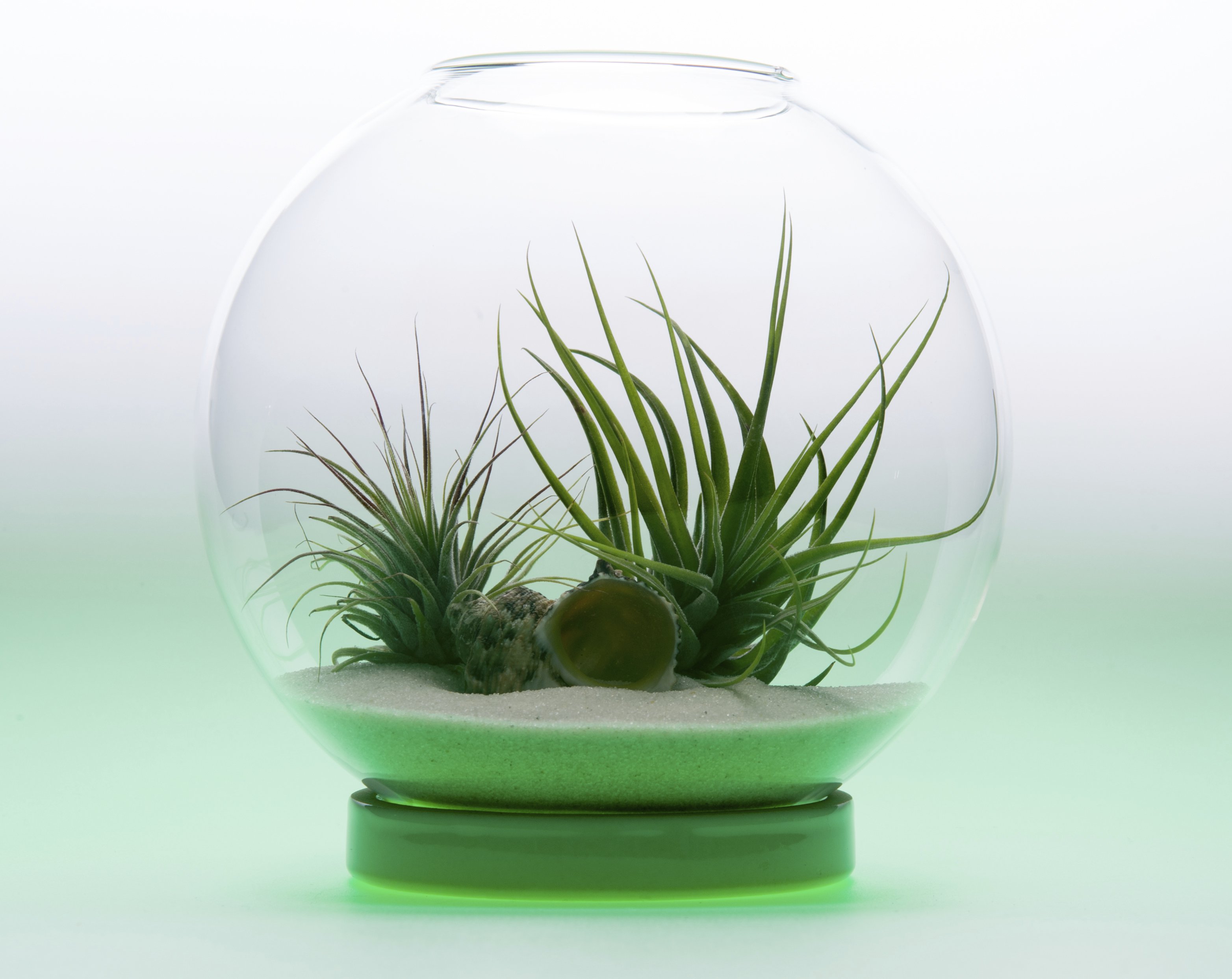Putting a lot planning and hard work into a garden can be a very rewarding experience. There is satisfaction in gazing at your garden and enjoying the beautiful colors and plants flourishing. With care, your garden will be a beautiful site all through the year, and should produce lovely fruits and vegetables to enjoy with your family. However, sometimes the weather has other ideas, and while we can’t ever be entirely certain that the fruits of our labors will be safe from unpredictable weather conditions, we can do several things to protect our plants. Here are some ways to have a weatherproof garden that will help you grow a vibrant, healthy garden.
Know Your Zone
Before you plant a garden, do a little research and know your zone. If you look on the back of most seed packets you will see a map of the United States with the zones color coded. Find your zone and make sure the plants you purchase, whether seed or seedling, are appropriate for the zone in which you live. Also know the growing season for the plants you wish to plant. You may need to plant different plants at different times during the spring or summer. You can also do online research to discover your zone and the plants that thrive there.
Optimal Conditions
Know what the optimal conditions are for the plants you plan to have in your garden. Some plants need full sun while others need partial shade. Some need well-draining soil while others need a damp living area. Knowing the optimal conditions at which each plant can survive and thrive can help you plan where your garden will be located or even if you need more than one garden spot. You should also be aware of pests that can affect your plants and how to deal with them. You will need to decide whether you should use chemicals or all-natural products before pests become a problem and be prepared to handle them.
Raised Beds
Raised beds are another way to weatherproof your garden. A raised bed will have warmer soil faster and will also drain better than ground beds. This allows you to plant a little earlier and then have hardy seedlings when the weather allows for in ground planting. Raised beds are also good permanent homes for some plants that need extra care and constant weeding.
Limit Stress
Try to limit stress undergone by your plants. Use plants that are appropriate for the amount of sun and water that you have available in your area as well as planting in soil conditions that are favorable to your plants. Not giving plants the healthiest environment possible will limit their potential and your harvest will be very limited if it makes at all. Even if you do plant for optimal conditions, pay attention to the weather and adjust accordingly if possible. For example, water plants that need a good water supply if the weather is not producing enough rain.
These tips will help you have a weatherproof garden and get a bountiful harvest!











